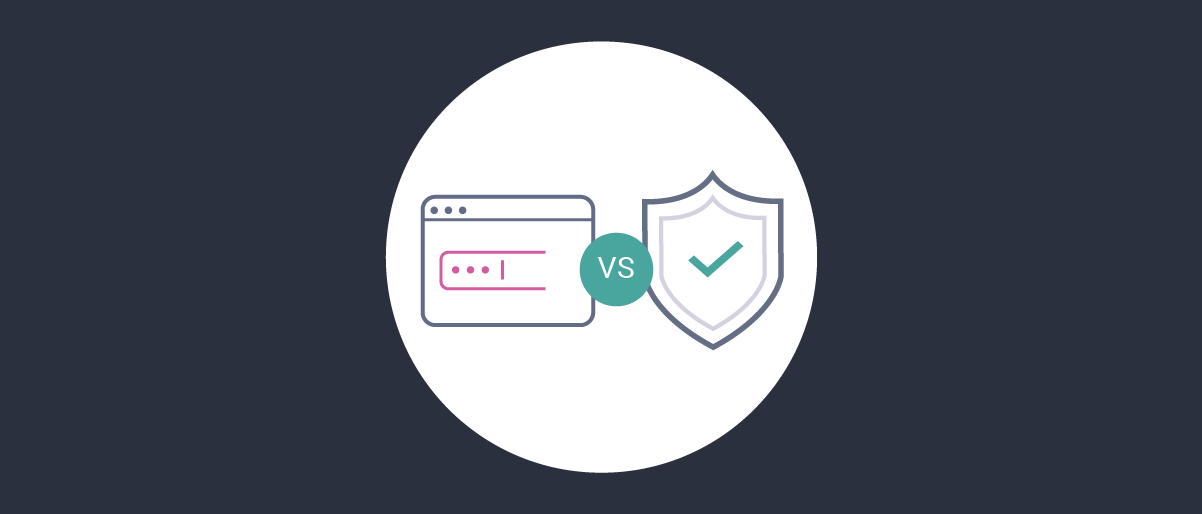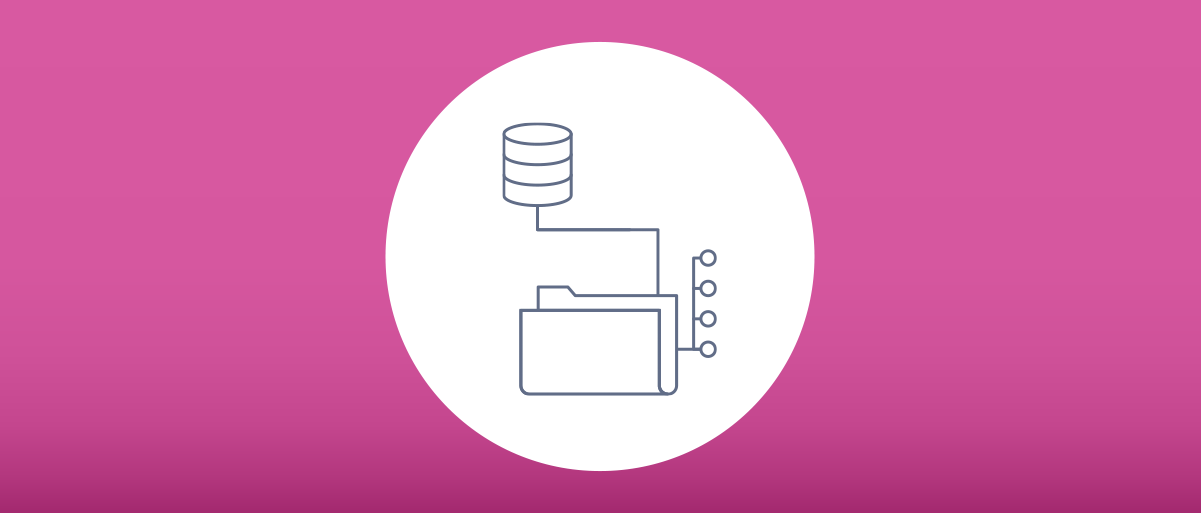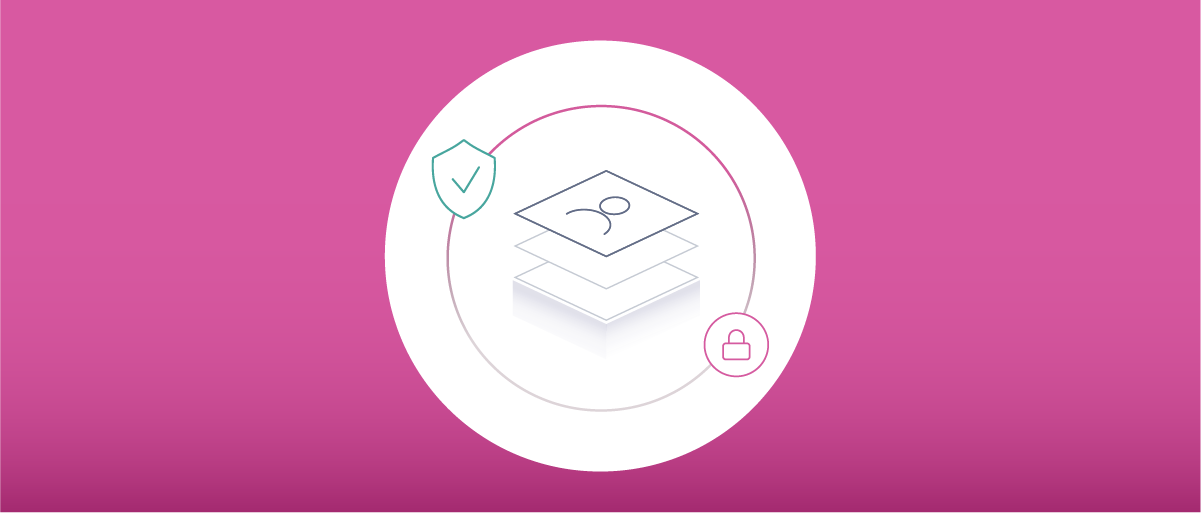
Security Architecture
What is Neo-Security Architecture? Learn about the terms, concepts and building blocks for a security design.
A security architecture should describe the security design and framework protecting an enterprise's IT infrastructure. Study the concepts and building blocks for a scalable future proof security architecture.

Glossary of Identity Management Terms
All the terminology of Identity Management and Neo-Security: Authentication, Authorization, Tokens, DCR, SCIM and more.

Authentication vs. Authorization, What's the Difference?
Authentication and authorization are two security processes used to protect systems and information. This article outlines what they mean and their differences.

OpenID Authorization Exchange (AuthZEN)
This article gives an overview of the AuthZEN Authorization API and how it relates to authentication and authorization.

What is an Entitlement Management System?
What is an Entitlement Management System, what are the functions and what components does it include?

What is an API Management System?
What is an API Management System, what does it do, and what services does it contain?

What is an Identity Management System?
An overview of the Identity Management System, and its main components: authentication service, token service, federation and user management service.

Curity and the Neo-Security Architecture
The Neo-Security Architecture is a modular security architecture. Learn how an Identity Management System like the Curity Identity Server fits in this adaptive security architecture.

Introducing the Neo-Security Architecture
Learn what the Neo-Security Architecture is and how it ensures easy integration, future scalability, API Security and secure identity management.

An Introduction to Identity and Access Management
Learn what IAM is, how it works and why it is important. Get some guidance on IAM tools and strategies.





